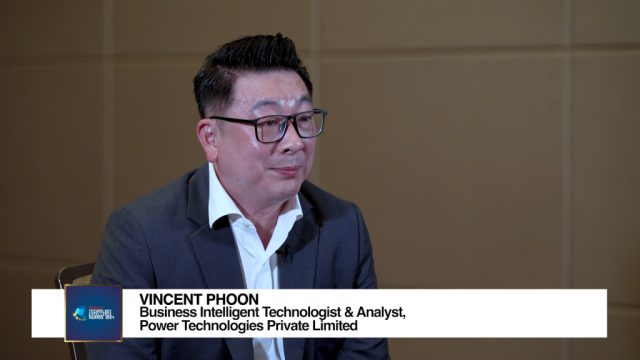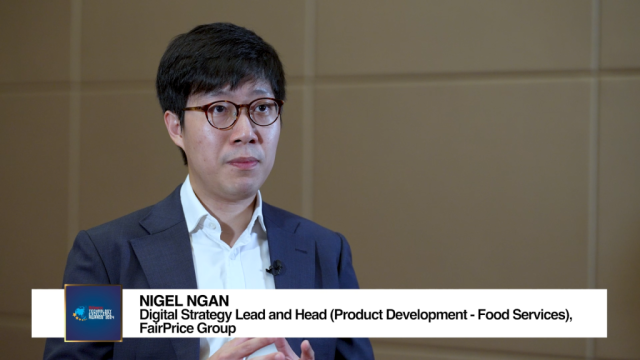
Making your people more productive
By Stuart HarmanIn the struggle to maximise business growth, enterprises in Singapore and all over the world face the testing challenge of lowering operational costs whilst meeting ever-increasing customer expectations.
With uncertainty continuing to pervade the world economy, the desire to be able to do more at no extra cost has never been greater. In multiple industries at a multitude of levels, from national bodies to single offices, improved productivity has become a key focus.
In the rush to increase productivity, I have seen many organisations driving their employees to greater and greater efforts, but there is a limit to the amount of work any employee can generate on a day-to-day basis. So how do you achieve more output without placing unrealistic productivity expectations on workers?
Productivity should not be confused with simply demanding more from employees; to be sustainable it is important to adopt the maxim of ‘working smarter not harder’.
To do this, your people, processes and tools need to be working effectively together, to improve workflow and time management, simplify tasks and get results faster. This involves everyone in the organisation and should be a joint challenge and responsibility of all individuals.
Thus, creating, encouraging and reinforcing the right environment to drive innovation and productivity is essential.
Before you can increase the productivity of your employees, you first have to understand what they are actually doing. In many organisations, the value-added component of different business processes struggles to exceed 5% as so much time is consumed waiting for other tasks to be completed; checking or reporting on tasks; moving information, components or raw materials to the location of the next step in the process; or reworking a step that has not performed to specification.
Identifying non value-added activities, and then understanding and addressing the root cause of these happenings is tremendously powerful in increasing productivity. At the very core of Lean thinking, many organisations across a range of industries have used this focus on removing non value-added activities or waste to dramatically improve their performance.
Before an organisation can eliminate non-value added activities in a process it must first understand the value that the process is seeking to deliver and to define this value from the perspective of the customer in the process. There are too many instances where this vital step is missed out.
It may seem simple, but if you are not sure what value the customer is looking for from the process then go and speak to them! Communication is key, because it is only when value is understood that non-value can be addressed.
It is important that your employees are engaged in this process and they have a mindset of constantly finding new and better ways, because the most effective people in identifying and removing non value-added activities from a process are the very people who work on that process.
Equipped with some education on the concepts of value-adding and non value-adding activity, along with some process mapping techniques, and aided by a trained facilitator, your employees will be able to identify significant improvement actions, which can then be implemented.
Innovation in business models and management practices can have a huge impact on productivity. Plus, this approach driven by the employees who work on the process, has the added benefit of eliminating the resistance typically experienced when employees feel ‘change is being done to them’.
In those instances the ensuing confrontation between employees and employer can both decrease the productivity of the process in the short term and damage the relationships and levels of trust within an organisation.
Teams and individuals engaged in this type of process improvement often use their new-found understanding of what the customer values from the process to develop new ways of increasing the value provided, thereby further increasing the productivity of the process.
People are the key to driving productivity. The right people, in the right role, at the right time can lead an organisation to business excellence. But it is only by equipping them with the right knowledge, processes and tools that you can extract maximum benefit and achieve productivity improvement, which is truly sustainable.
Stuart Harman, Partner, Oliver Wight

























 Advertise
Advertise









